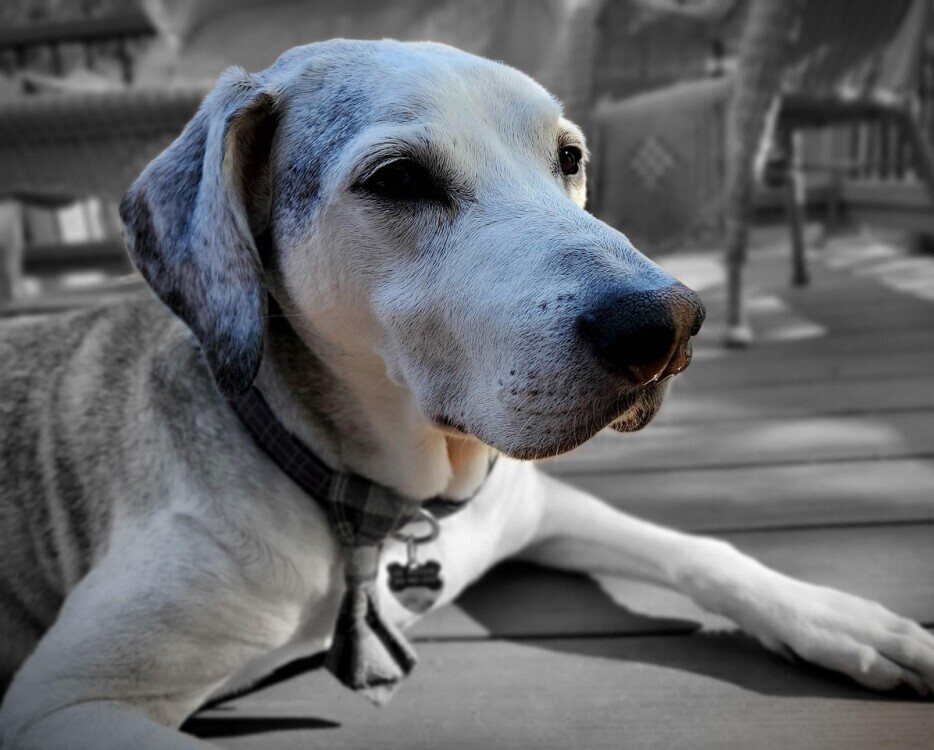
Spotting the early signs of mobility issues in older dogs is crucial. You might notice your furry friend having a tough time climbing stairs, getting up after a nap, or even just roaming around. These are pretty common issues, and being aware can help you provide the right support faster. That’s why we’re here to talk about aids that can help support your aging pup.
When dogs face mobility challenges, it can lead to not just physical discomfort, but also emotional distress. They realize they’re not as spry as they used to be which can be frustrating. Giving them the help they need might just boost their mood and comfort. And having the support can make them feel more relaxed and able to enjoy their golden years.
It’s all about putting yourself in their paws and approaching the situation with empathy. By prioritizing their comfort, you give them a better quality of life, just like they deserve. Understand that aging dogs can’t move like they once did, and may have more trouble getting around.
Getting advice from a vet is a biggie. Before introducing any mobility aids, a professional check-up ensures you understand what your dog really needs. Tailoring the solution to your dog’s specific challenges can make the world of a difference. The vet will know what gives your pup the best option for their senior comfort.

Exploring Mobility Aids: Types and Uses
There’s a range of mobility aids out there designed to make life easier for our aging canine buddies. Knowing what’s available can help in choosing the right one for your dog’s unique needs. It all depends on your particular dog and living situation, so take into consideration all factors to help decide what your pup needs.
Ramps are probably one of the most common aids you’ll come across. Perfect for pets struggling with stairs or jumping into the car, ramps offer an easy way to eliminate those challenges. They come in various sizes and you can set them up wherever needed. You can put them inside or outside, and these can provide a much easier way up.
Slings are another handy tool, giving your dog the extra support they might need on walks or just around the house. These supportive slings help lift some of the weight off their weakened joints and make movement less painful. Older dogs start to have issues with their hips and joints, and slings can help soften the blow.
Let’s not forget about orthopedic dog beds. Aging dogs often need extra cushioning, and these beds provide just the right support to ease pressure on sore spots, helping your pet get better rest. And make sure wherever it stays that it is warm and well cushioned to make it easy on your pup.
For pups who thrive on exploring the outdoors but struggle to walk long distances, wagons and strollers are fantastic. They ensure your dog doesn’t miss out on adventures while you take care of their mobility issues. This way you can still bring your pup on adventures while sparing them from the joint pain and sore paws from a long walk.
Picking the right aid isn’t just about knowing what’s out there but also taking into account your dog’s specific situation. Some pets might benefit from a combination of these aids, so keep that in mind when making a choice.

DIY Solutions: Creative and Cost-effective Ways to Assist Your Canine Companion
Sometimes, the perfect solution might be right at home with a little creativity. Crafting a simple ramp can be as easy as using a sturdy piece of wood or even re-purposing an old shelf. Just make sure it’s stable and can safely support your dog’s weight. Get creative, and you can get some basic items from around the house or at the hardware store to make a simple ramp or sling.
Homemade slings can be a real lifesaver, especially for those quick trips outside or short movements around the house. A towel or a soft cloth with sturdy handles might do the trick. Adjust the length to fit comfortably around you and your dog. Just ensure that the sling helps take weight off of their frame and is wrapped so that your pup won’t trip.
DIY solutions often save money, but it’s important to weigh the pros and cons. While cost-effective, they might not always last as long or be as reliable as store-bought options. Testing and ensuring they’re up to the task is key. Make sure that whatever aid you make is sturdy and won’t hurt your pup.
Keep safety top of mind with anything homemade. Check regularly for wear and tear or weak spots. Reinforcing weak areas or making timely repairs will ensure your DIY aids remain safe for your pet.
To get the most out of DIY aids, regular maintenance is essential. A little bit of care goes a long way in making sure any homemade products serve their purpose effectively for as long as possible. Take care of it before it starts to become a problem.

A Holistic Approach: Combining Mobility Aids with Other Supportive Measures
Mobility aids are fantastic, but combining them with other supportive measures can really give your older dog a full life. Focusing on maintaining a healthy weight through a balanced diet helps reduce strain on their joints and can make moving around a lot easier.
Keep up with regular, low-impact exercises like gentle walks or swimming. These activities are excellent for keeping those joints moving without adding too much stress. Plus, they can be a fun bonding time. A dog can get a good workout from a swim without the joint damage of running or jumping.
Exploring alternative therapies like hydrotherapy or acupuncture can also provide relief. Many dogs respond well to the soothing effects of water-based exercises and targeted acupuncture sessions, so it might be worth discussing with your vet. There are options to provide your pup with relief.
At home, examine your space to make it as safe and accessible as possible. Simple changes like adding non-slip rugs or rearranging furniture can prevent falls and give your dog confidence to navigate their environment. Give your dog a place that will be easy on the body and they don’t have to struggle to get anywhere.
Developing a comprehensive care plan in partnership with your vet is essential. They can offer personalized advice and ensure all measures are in sync with your dog’s health needs. By combining these methods, you’re setting up a supportive environment where your furry friend can enjoy their golden years comfortably.
